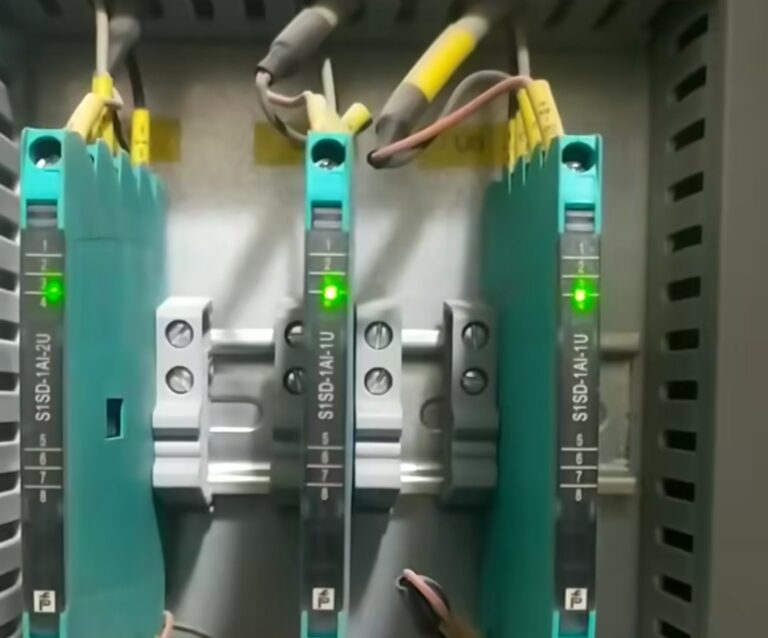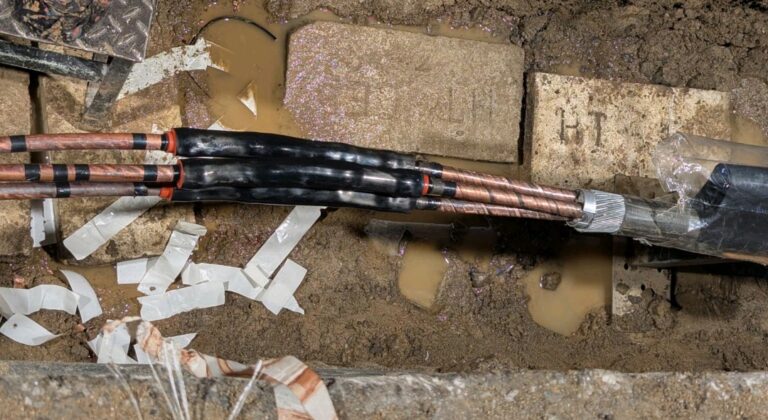Capacitor Bank:-
A capacitor bank is a group of capacitors connected in parallel or series to achieve a desired capacitance value.
Why Capacitor Banks are Used:-
1. Power Factor Correction (PFC): Improves power factor, reducing reactive power consumption.
2. Voltage Support: Maintains voltage levels during heavy loads or voltage sags.
3. Harmonic Filtering: Reduces harmonic distortion in power systems.
4. Energy Efficiency: Reduces energy losses and improves system efficiency.
Applications:-
1. Power Distribution Systems
2. Industrial Power Systems (e.g., factories, plants)
3. Commercial Buildings (e.g., offices, malls)
4. Renewable Energy Systems (e.g., solar, wind)5. Electrical Substations
6. Transmission and Distribution Lines
7. Motor Control Centers
8. Power Quality Improvement
Types of Capacitor Banks:-
1. Fixed Capacitor Bank
2. Automatic Capacitor Bank
3. Switched Capacitor Bank
4. Filter Capacitor Bank
Components:-
1. Capacitors (e.g., ceramic, film, electrolytic)
2. Switchgear (e.g., circuit breakers, contactors)
3. Control and Protection Devices (e.g., relays, fuses)
4. Voltage and Current Transformers
5. Monitoring and Control Systems
Benefits:-
1. Improved Power Factor
2. Reduced Energy Losses
3. Increased System Efficiency
4. Enhanced Voltage Stability
5. Reduced Harmonic Distortion
6. Extended Equipment Life
7. Cost Savings
Capacitor Bank Sizing Considerations:-
*1. Load Characteristics
2. Power Factor Requirements
3. Voltage Levels
4. Harmonic Content
5. System Configuration
Standards and Regulations:-
*1. IEEE 18 (Standard for Shunt Power Capacitors)
2. IEC 60831 (Shunt Power Capacitors)
3. ANSI/IEEE C37.90 (Protective Relaying)
4. NERC (North American Electric Reliability Corporation)
Manufacturers:-
1. ABB
2. Siemens
3. Schneider Electric
4. GE Grid Solutions
5. Eaton

